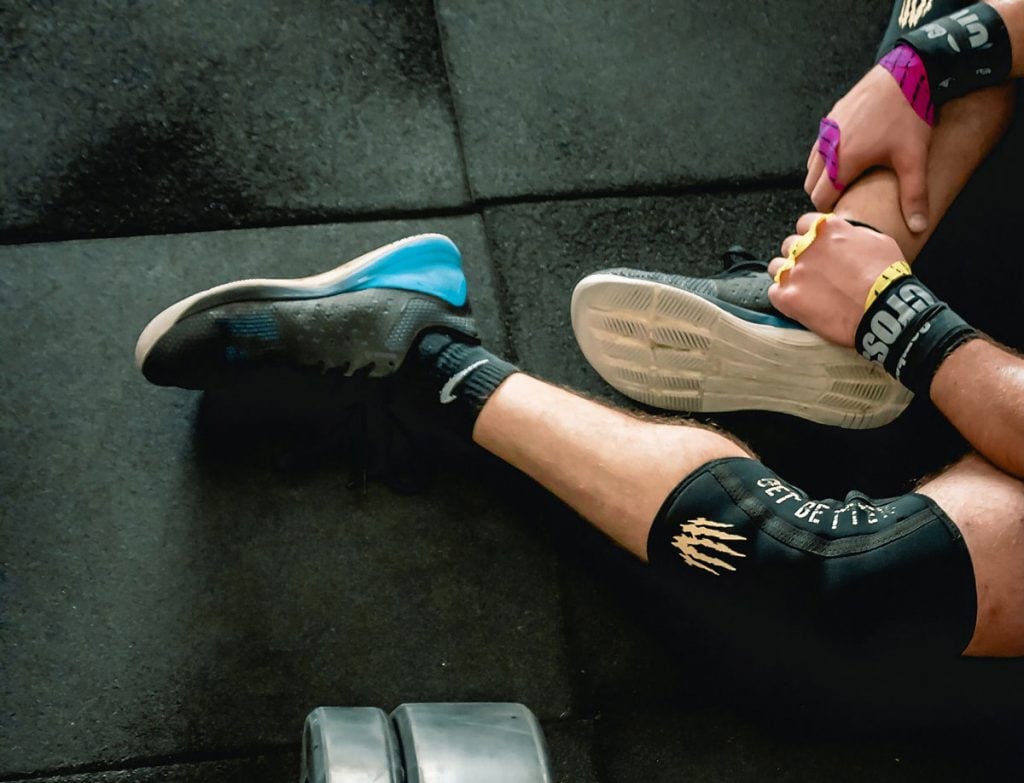To every sport, its equipment.
And if there are activities that can be done safely with minimum equipment (Do you know the bodybuilders of the eighties? The powerlifters who pull off barefoot? O Larry Wheels training in slippers?), it is indisputable how other sports require some specialized complement for the athlete to give their best.
Let's see how protect your feet practicing yet another breathtaking WOD.
Index
Why a CrossFit shoe
Well, in all probability you'll have a pair of yours on your feet sneakers favorite multipurpose.
(Yes, those with whom you dare to practice that little bit of MTB that friends convince you to do, with whom that one time you tried to go running, and who faithfully accompanied you to waste a '' half-yearly registration in the weight room, sauna and solarium included)
Il CrossFit combines the best of the proverbial two worlds - indeed: of numerous worlds.
The mix of activities, rises, movements and training styles from which it draws makes it particularly complex to design one perfect CrossFit shoe. The number of different stresses to which the foot is subjected results in different stimuli also for the materials that make up the shoe.
At the same time, it is difficult to perform satisfactorily with generic sports shoes: but very often, for its WOD, the beginner turns to the classic running shoe.
It works?
(No.)
Differences between running shoes and CrossFit shoes
To avoid that once again you fall into the temptation to throw the usual, worn running shoes into the bag, this is a short list of items for which one shoe dedicated to CrossFit is to be preferred.
- Many running shoe models have the back - the heel - slightly raised. A bearing is perfect for absorbing the repeated shocks of running, but not as a foundation when a loaded barbell flies over your head. In CrossFit shoes, as well as in weightlifting shoes, the difference between heel and toe it must be a maximum of 4 millimeters - this way the foot will not slide forward.
- La sole of a CrossFit shoe it must be flexible but solid, in order to transfer the energy of the lifts continuously. A soft sole instead absorbs energy (and thwarts your efforts).
- As a direct consequence of the previous point, a soft sole creates an unstable surface for the foot.
- Space at the tip. Lot of drill weightlifting leads to "spread" the toes, or to "grab" the floor. If the tip of the shoe is wide, the toes will have all the comfort to move.
- Weight. The lighter they are, the better. Or do you really think that WODs lack a few pounds of extra load?
Finally, solidity.
Nobody likes to throw money into material that after a few weeks is already unraveling. Life in the playpen is not the easiest - not even for your shoes. Some extra material inside the shoe it increases the duration, and prevents the shoe from crumbling during rough activities, such as rope climbing.
Conclusions? Make this effort, and buy a couple of CrossFit shoes. If you do, you'll have:
- protected and comfortable feet
- the possibility of splitting up your next WODs, and getting closer to the Games
- an enviable look, because even the eye wants its part
I promise you.

